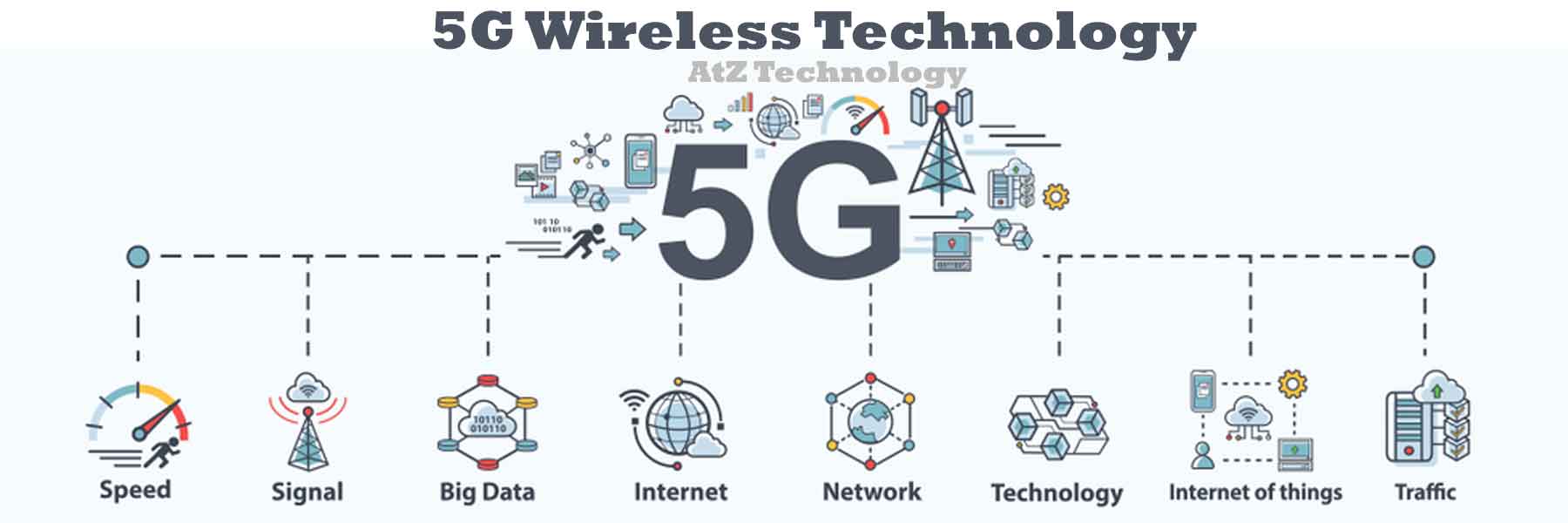

By comparison, 5G is expected to operate with as little as 1 millisecond of latency, allowing mission-critical and Internet-of-Things applications to operate below the 4 millisecond target for an enchanced mobile broadband service. 3G has a 65 millisecond latency, advanced 4G is around 40 milliseconds of latency, while fixed broadband has a latency of between 10-20 milliseconds. Latency is the delay between a command being issued and the response being received.

Many of these technological advances will be afforded by reduced latency, allowing 5G devices to respond to commands faster. This opens up a wealth of potential applications across industry due to improved operational efficiency.Īmong the applications for 5G are superfast broadband with no need for landlines, 5G mobile telecommunications, the creation of smart factories, holographic technologies, televisions, remote healthcare, and driverless cars with 5G communication as well as car-to-car communication.
#What are the benefits of 5g technology download
However, there are also advantages relating to reduced latency – meaning faster response times as well as fast download speeds. The most evident advantage of 5G networks over 4G is the speed of the network. You may be wondering what is so special about it? What is the Advantage of the 5G Network over the 4G Network? These are Altiostar, Cisco Systems, Datang Telecom, Ericsson, Huawei, Nokia, Qualcomm, Samsung and ZTE. There are currently nine companies that sell 5G radio hardware and systems for carriers. Of these suppliers, Samsung was the largest, having shipped 53,000 base stations from a total of 86,000 base stations installed in the country at the time. In South Korea, all the 5G carriers used Samsung, Ericsson and Nokia base stations and equipment, apart from one who used Huawei equipment. The first nation to adopt on a large scale was South Korea, in April 2019, at which point there were some 224 operators in 88 countries around the world investing in the technology. Who Invented the Fifth Generation Network? There are also plans to allow businesses to rent their own isolated and insulated network slice in order to separate them from competing Internet traffic. So, a single user streaming a video would use a different slice to a business, while simpler devices could be separated from more complex and demanding applications, such as controlling autonomous vehicles. This means, for example, that an operator will be able use different slice capacities depending on importance. This means that operators will be able to deliver the right slice of network, depending on how it is being used, and thereby better manage their networks. Current estimates say that 5G will be able to support up to 1,000 more devices per metre than 4G.ĥG technology will also be able to ‘slice’ a physical network into multiple virtual networks. Placed on buildings and street furniture, as opposed to using single stand-alone masts. The technology will also use smaller transmitters. In order to circumvent this challenge, 5G will utilise multiple input and output antennae to boost signals and capacity across the wireless network. They are easily blocked by physical objects such as trees and buildings. While higher bands are faster at carrying information, there can be problems with sending over large distances.

They had been largely untouched by the public as the equipment to use them was largely inaccessible and expensive. They were previously unused but have been opened up for licensing by regulators. These higher bands are called 'millimeter waves' (mmwaves).

This allows for it to carry more information at a much faster rate. Wireless communications systems use radio frequencies (also known as spectrum) to carry information through the air.ĥG operates in the same way, but uses higher radio frequencies that are less cluttered.


 0 kommentar(er)
0 kommentar(er)
